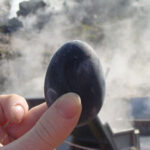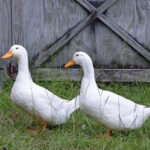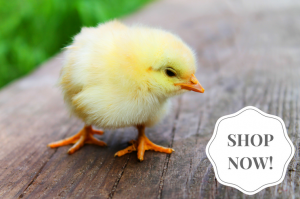
As keeping backyard chickens becomes ever more popular, poultry shows attract more and more participants. Today’s chicken keepers participate in poultry exhibitions for all sorts of appealing reasons. Here are nine reasons to your show chickens: Affordable Hobby Everybody needs something relaxing to do in their spare time. Many people find that conditioning and showing […]
Continue Reading









